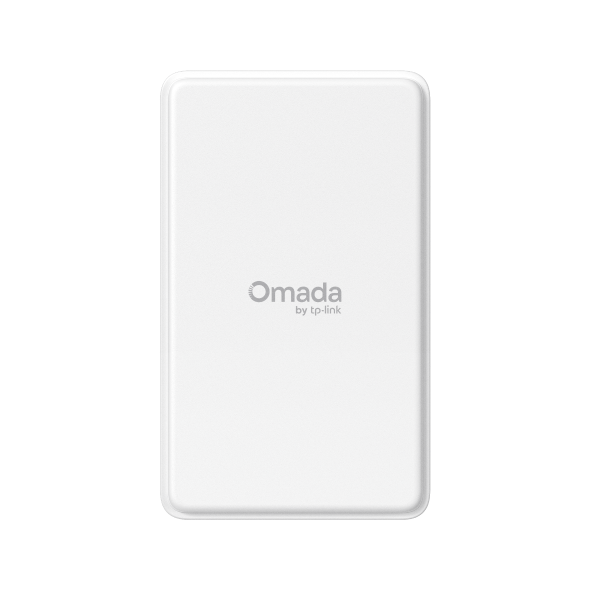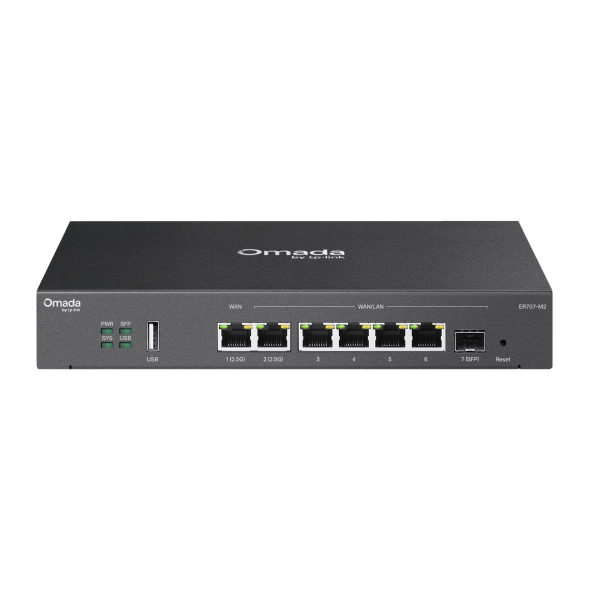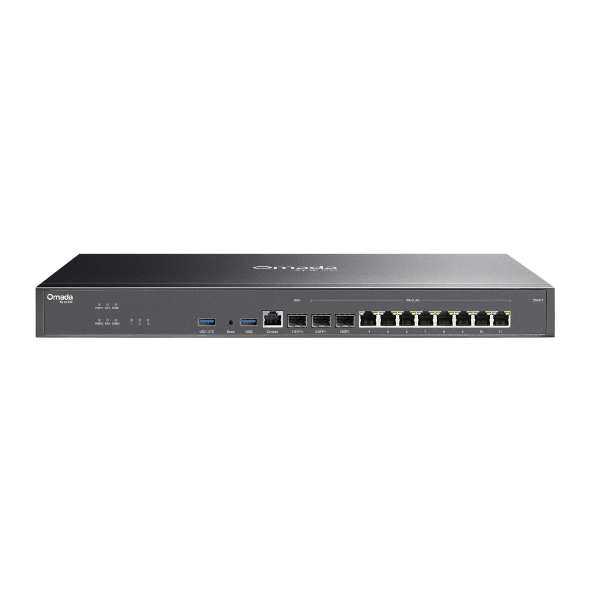Troubleshooting guide for mDNS Repeater cannot work on the Omada Gateway
Contents
Objective
This article analyzes the possible reasons why the mDNS repeater function cannot work and provides troubleshooting guidance.
Requirements
- Omada Controller (Software Controller / Hardware Controller / CBC, v5.8 and above)
- Omada Gateway
Introduction
In a home network environment, it is common to create multiple VLAN interfaces for entertainment, local servers, IoT, and core devices. Some brands of IoT or smart home devices, printers, etc. are discovered and controlled based on the mDNS protocol. Incorrect configurations will affect the normal operation of the mDNS repeater, and clients such as mobile phones will be unable to discover and control these smart devices.
If the mDNS service cannot be discovered across VLANs using the gateway/router, follow the steps below to troubleshoot.
Troubleshooting Steps
Step 1. Verify that the Bonjour service you want to use is correct.
Confirm that the default Bonjour service provided in the gateway/router supports the service you want to use. If yes, skip this step. If not, follow the steps below:
- Make sure that the service you want to use is based on the mDNS protocol. You can search Google to see if your device uses the Bonjour service;
- Confirm by capturing packets with Wireshark. For example, start Wireshark and capture packets in the same LAN as the device, and use the mDNS keyword to filter, then you can see the correct service type;

- Log in Omada Controller, go to Site Settings > Profiles > Bonjour Service, refer to the default Bonjour Service format, and add the Bonjour Service you confirmed in step b. In this example, it is the Google cast service.


Step 2. Verify that mDNS Repeater is configured correctly.
- Check your configuration to confirm that the Bonjour service you want to use is included in the rule.
- Confirm that the device in the rule is selected as Gateway.
- Confirm that the client network and service network are configured correctly. For example, if you want to cast music or screen to a speaker or TV, you need to set the LAN interface of the speaker or TV to the service network and the VLAN interface of the mobile phone to the client network.
- Confirm that the rule status is enabled.
Step 3. Check ACL rules.
ACL rules can block mDNS forwarding between LAN interfaces. Check whether the Gateway/Switch/EAP is configured with ACL rules prohibiting different LANs from accessing each other.
mDNS uses UDP 5353 to transmit packets. If you want to configure an ACL rule to prohibit inter-LAN access and want mDNS to work properly, create an ACL rule based on IP group to allow UDP 5353. For details, refer to the ACL User Guide.
Step 4. Check whether the SSID has enabled Guest Network.
The Guest Network prohibits private IPs from accessing each other. As a result, mDNS cannot use the service after discovering it.
Ensure that the client and the service are both located in a non-guest network.
If you want to use mDNS Repeater after enabling the Guest Network, change the LAN Network IP address to a public IP address.
Step 5. Check whether the client has Portal rules configured.
Portal rules prohibit cross-VLAN access. As a result, mDNS cannot use the service after discovering it.
If you have configured Portal rules and want to use mDNS Repeater, add the IP addresses or MAC addresses of the client and server to the Authentication-Free Client list. For detailed configuration, refer to the Portal User Guide.
Step 6. Confirm that the client and server are in the same VLAN and can discover the device.
Step 7. Confirm that the device firmware is the latest version. You can check at our official website https://www.tp-link.com/business-networking/omada-router-wired-router/
Conclusion
By following the above steps, you can troubleshoot the problem of unable to use the mDNS service across VLANs. If the problem still exists, collect the topology information, controller configuration information, and gateway configuration information, then contact our technical support for help.
Get to know more details of each function and configuration please go to Download Center to download the manual of your product.
Is this faq useful?
Your feedback helps improve this site.
TP-Link Community
Still need help? Search for answers, ask questions, and get help from TP-Link experts and other users around the world.


